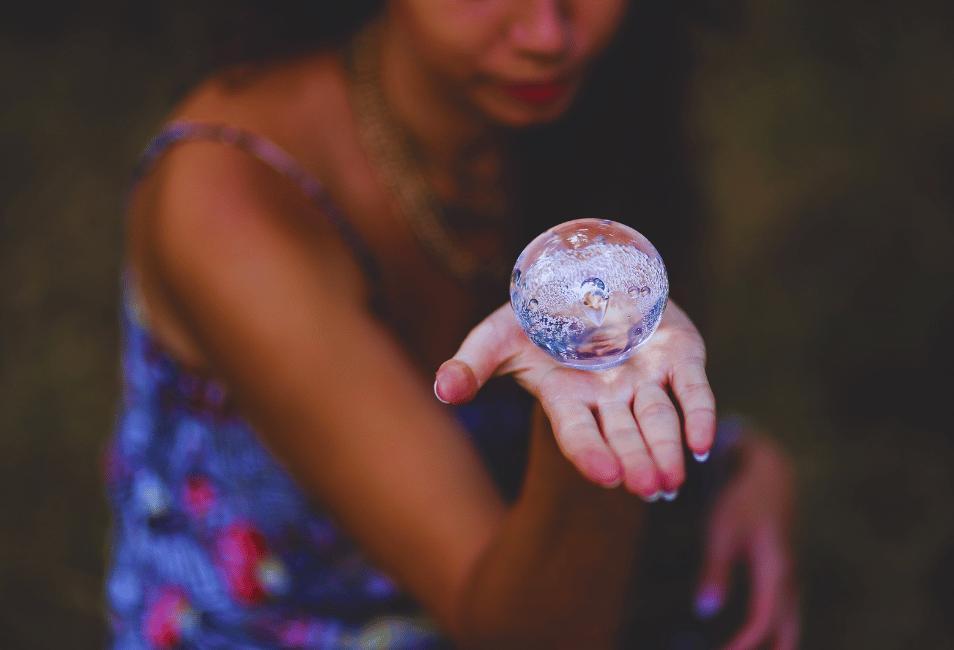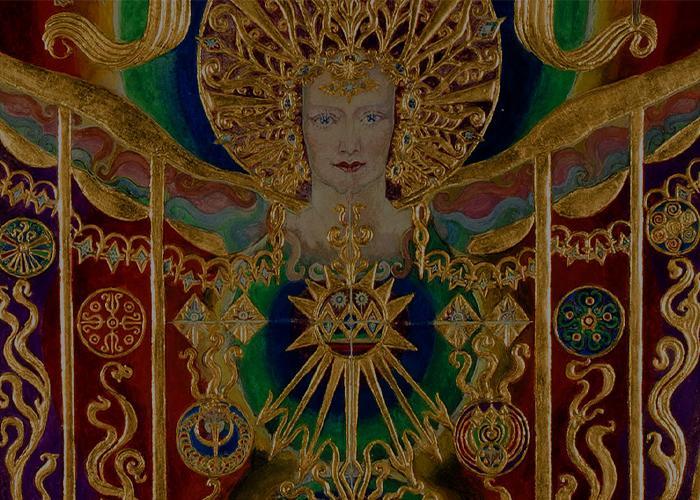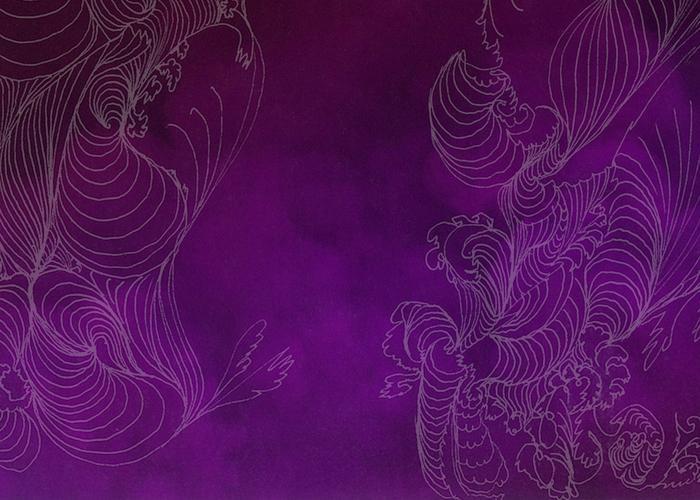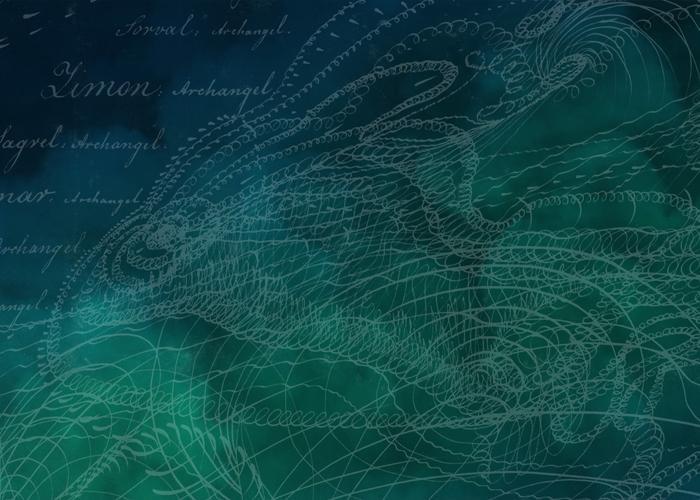Every living being has an aura. This subtle, luminous energy field surrounds and emanates from every human, animal and plant. It is a glowing halo of energy that extends beyond the physical body. It contains colours, patterns and shapes that offer information about a person's past, present and future. Some of us are intuitively able to see auras. We are born with the ability - it comes very naturally to us. Most of us, however, need to learn how to see auras.
When we understand how to see auras, and what the aura colours mean, it helps us very quickly assess others on a deeper level. It gives us a quick snap-shot of the other person's state of mind and spirit. It certainly bypasses the small talk! This is so helpful, particularly for those in the healing arts or who work as psychic mediums. With a little practice, and plenty of patience, we can develop the ability to see and decipher the meaningful information that auras can convey. This ability can enhance our ability to offer support, healing and guidance to others. Let's take a closer look at how to see auras, and what aura colours mean.
How to see auras
Seeing auras is a highly intuitive practice. With practice and dedication, we can learn to see and interpret these unique energy fields. Here are some steps you can try if you want to develop your ability to see auras:
Relaxation and concentration: You'll need to maintain a quiet, peaceful state of mind to be able to see auras. A common technique to relax your mind and body is to focus on your breathing. This helps us to achieve a state of calm concentration.
Soft gaze: To see auras, you need to use a soft gaze. Instead of focusing sharply on the person or animal you are observing, let your vision become more relaxed and unfocused, like looking through or beyond the subject.
Peripheral vision: Peripheral vision is often more sensitive to energy fields. Try focusing your attention slightly to the side of the person or animal you are observing, rather than staring directly at it.
Background contrast: It can be easier to see auras against a plain and evenly lit background. When someone is stand or sitting in front of a light-coloured wall, you will be better able to see their aura.
Use your hands: One popular technique of seeing the aura is to interlace your fingers loosely and observe the area between your hands. Soften your gaze and concentrate on the space between your fingers. Over time, you may begin to perceive a subtle glow or colour around your fingers.
Patience and practice: Developing the ability to see auras may take time and practice. Be patient with yourself and keep practicing regularly. Some people may have a natural aptitude, while others may need more time to develop this skill.
Aura exercises: There are various aura exercises and techniques that can help you learn how to see auras. These exercises often involve working with a partner and using coloured backgrounds or objects.
What the aura colours mean
As we develop our ability to see auras, we build up our own, unique vocabulary of aura colour meanings. However, when we are just starting out, it helps to have an aura colour dictionary. Below are some commonly accepted meanings of aura colours. Please bear in mind that there are a myriad different interpretations of aura colours! As you develop your own aura-sensing practice, you will build up your own dictionary.
- Red: Energy, passion, strength, and vitality. A dominant red aura may indicate a strong-willed and action-oriented individual, but it could also signal anger or stress.
- Orange: Creativity, enthusiasm, and joy. People with an orange aura are often social and expressive individuals.
- Yellow: Intellect, optimism, and curiosity. A bright yellow aura may indicate a person who is mentally active and optimistic, while a pale yellow might suggest analytical thinking and a desire for knowledge.
- Green: Harmony, growth, and healing. Green is associated with nurturing and empathetic personalities.
- Blue: Calmness, communication, and spirituality. Blue auras are often linked to individuals who are calm, intuitive, and spiritually inclined.
- Purple: Intuition, spirituality, and higher consciousness. Purple or violet auras may suggest a connection to spiritual realms and a quest for inner wisdom.
- Pink: Love, compassion, and kindness. A pink aura often indicates a caring and affectionate individual.
- White: Purity, spiritual enlightenment and divine connection. A pure white aura signifies a highly spiritual and evolved soul.
- Gold: Divine protection, enlightenment, and spiritual awakening. A gold-coloured aura means this individual has a strong connection to higher realms.
- Silver: Intuition, intuition, and psychic abilities. Silver auras are often seen in people with strong intuitive or psychic gifts.
- Brown: Groundedness and practicality. Brown-coloured auras are associated with individuals who are down-to-earth and focused on material aspects of life.
- Grey: Indecisiveness or blocked energy. Grey-coloured auras may be an indicator of negative emotions or a lack of clarity.
See What's On at The College of Psychic Studies:
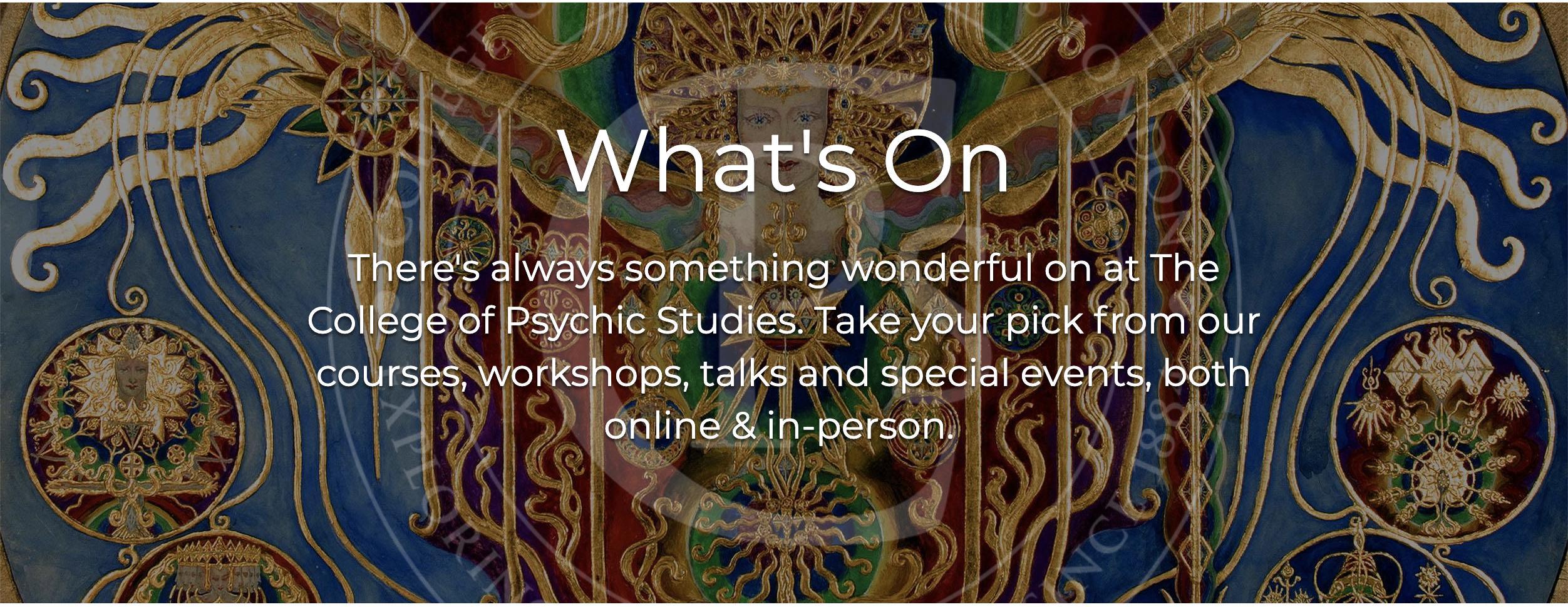
Join our newsletter to keep connected with The College of Psychic Studies.

